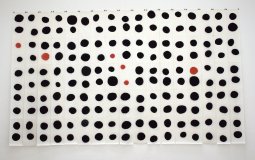
Sound Art?
The Sound Art? exhibition offers a critical interrogation of this category in art and presents an overview of the sonorisation of the art object from the late nineteenth century until today.

The Sound Art? exhibition offers a critical interrogation of this category in art and presents an overview of the sonorisation of the art object from the late nineteenth century until today.
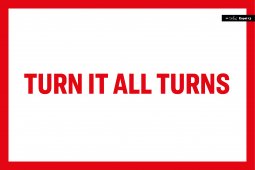
Turn it all turns is an educational project and series of four exhibitions that focuses on a range of processes and protocols that enable us to understand, relate to and experiment with our immediate surroundings. By playing with languages and meanings, the series aims to throw up critical insights that make us question the codes that shape our perception.
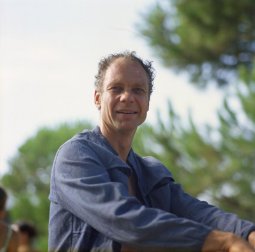
Thanks to Joan Miró’s generosity, Barcelona’s Club 49 invited the Merce Cunningham Dance Company to perform in Sitges in 1966. Joaquim Gomis, who was one of the club members, was able to photograph the American troupe, which included John Cage and David Tudor, at the famed La Ricarda residence during a break, as well as at a rehearsal prior to their perfomance.

In 1988, the NorthAmerican Steve Reich, one of the leading figures of minimalism, composed a piece about the Jewish Holocaust. Almost thirty years later, this video work by Beatriz Caravaggio confers visual life on the score interpreted by the Kronos Quartet.
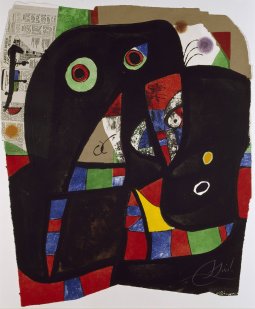
Miró always expressed his admiration for Gaudí’s work, valuing the architect’s penchant for risk and improvisation. The two artists viewed nature as the root of all their creative endeavours.
The exhibition features the Gaudí Series prints, which Miró produced as a tribute to the architect in 1979, and a selection of Miró’s sculptures which establish a dialogue with Joaquim Gomis’ photographs of Gaudí’s architecture.
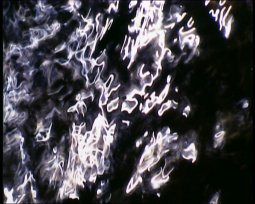
With no manipulation whatsoever -with just water, light, and a camera - Bufill captures real images in a fraction of a second and turns them into hypnotic apparitions.
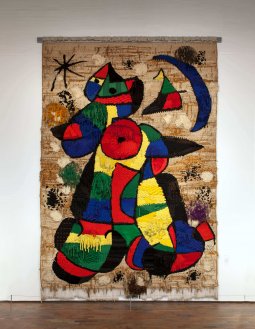
See the back of the large Tapestry of the Fundació for the first time The Tapestry of the Fundació, produced by Joan Miró in collaboration with the textile artist Josep Royo, has been on display at the same location since it was first installed in 1979.
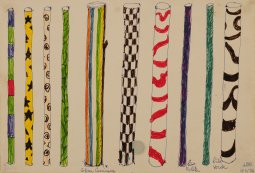
This exhibition is about the profound sense of connection that architect Lina Bo Bardi (1914-1992) had with drawing. More than the tool of a designer, to her, drawing was a primary expressive means driven by a strong sense of curiosity and doubt. She never claimed drawing to be an independent artistic language, but she embraced it with artistic purpose. Drawing to her was both a noun and a verb, outcome and process, object and relationship.
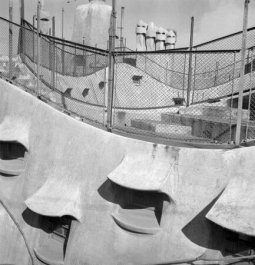
From the photographs taken by Joaquim Gomis of some of Antoni Gaudí’s most iconic buildings, this selection was made by thinking about what Lina Bo Bardi might have discovered in the Catalan architect’s works during her visit to Barcelona in 1956.
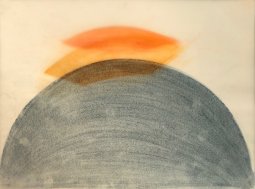
Once again, at the end of this year, at the Fundació Joan Miró, we celebrate the holidays with an art project created specifically for the occasion. This time we present a piece by Patricia Dauder arising from her research in astronomical phenomena, and, in this specific case, about the Christmas Star.
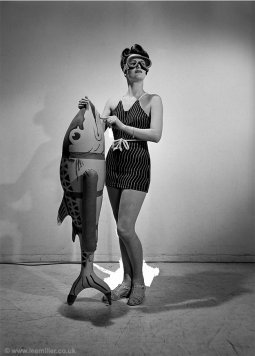
The exhibition Lee Miller and Surrealism in Britain provides an insight into one of the most important poles of the Surrealist movement’s complex international network. The North American photographer Lee Miller and her partner, the British artist Roland Penrose, acted as ambassadors of the Surrealist cause in London. They were also close friends with Joan Miró, who remained in permanent contact with the Surrealist scene in Britain, culminating with his monographic exhibition at the Tate Gallery in 1964.

Esperanza Urdeix is an Alexander Technique teacher who applies her practice to photography. According to this technique, we have to give ourselves time to make decisions. For Urdeix, observing everything that surrounds her in her daily life allows her to stop and gain awareness of how she herself feels during a convalescence.